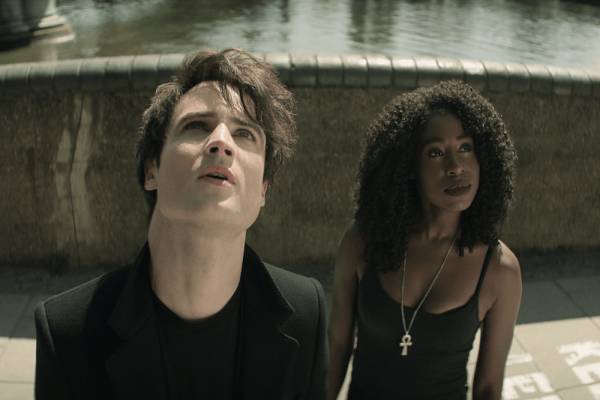Aug 15, 2022
Viewers would be wise to approach The Sandman expecting a slow burn rather than a breakneck action extravaganza. There’s plenty of horror, but these moments are spaced out through the deeply human moments of Morpheus coming to terms with what it means to serve humanity.
Read the Full Article

Already a subscriber? Login
